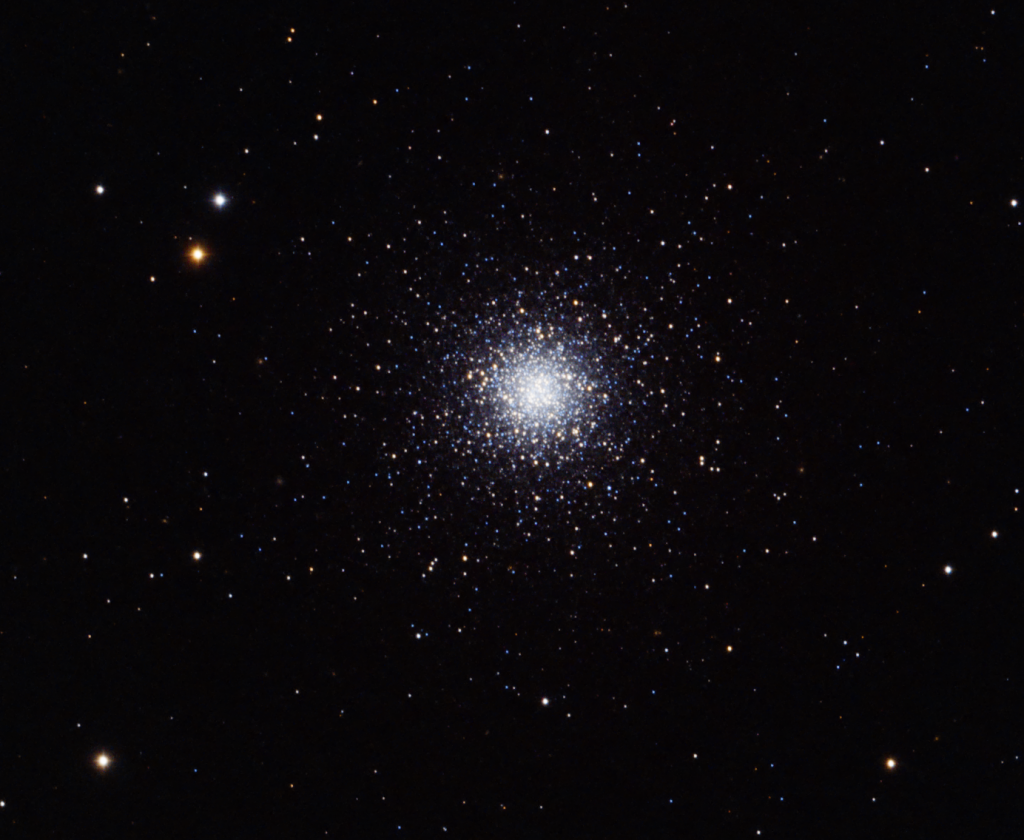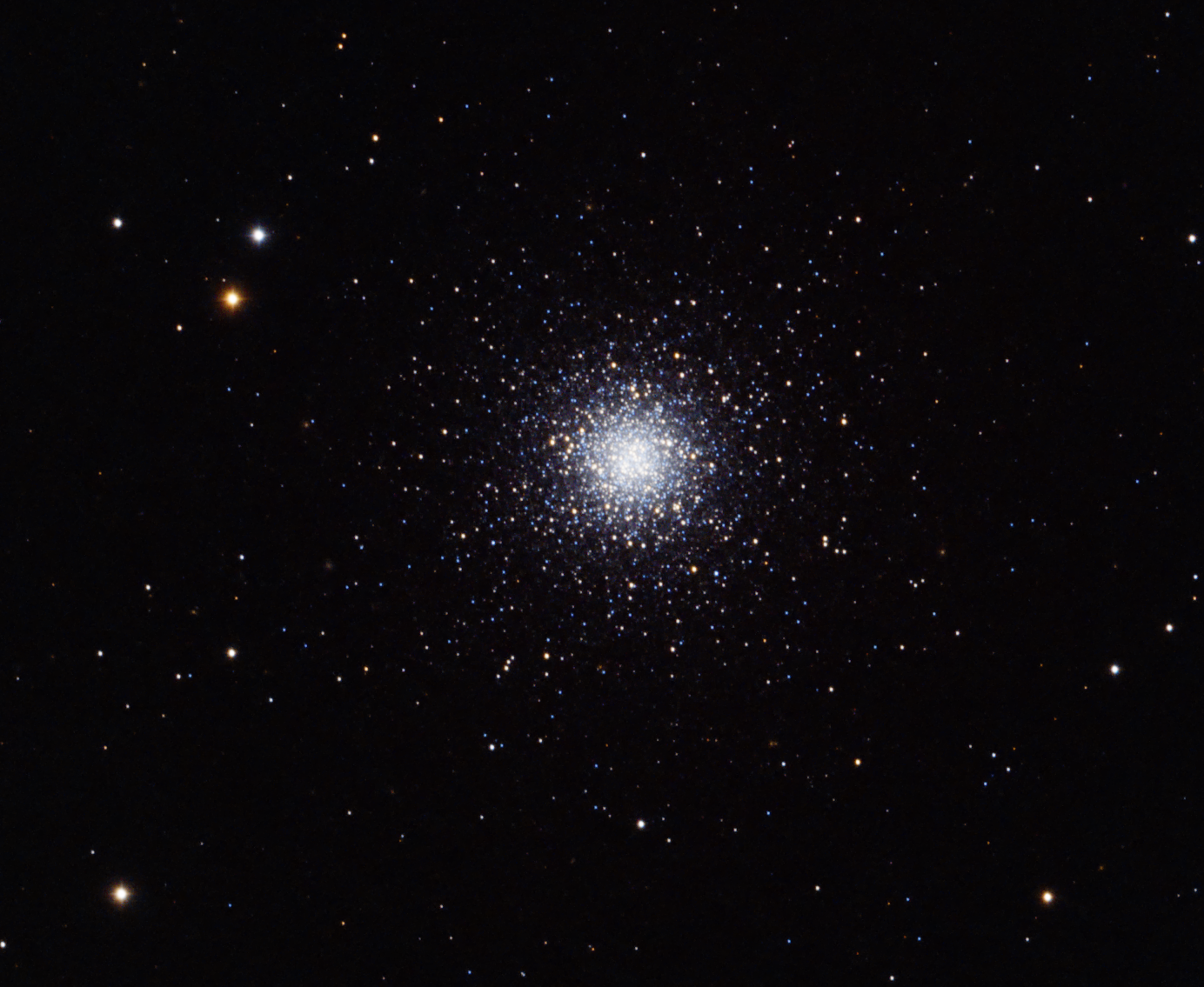
Similar Posts
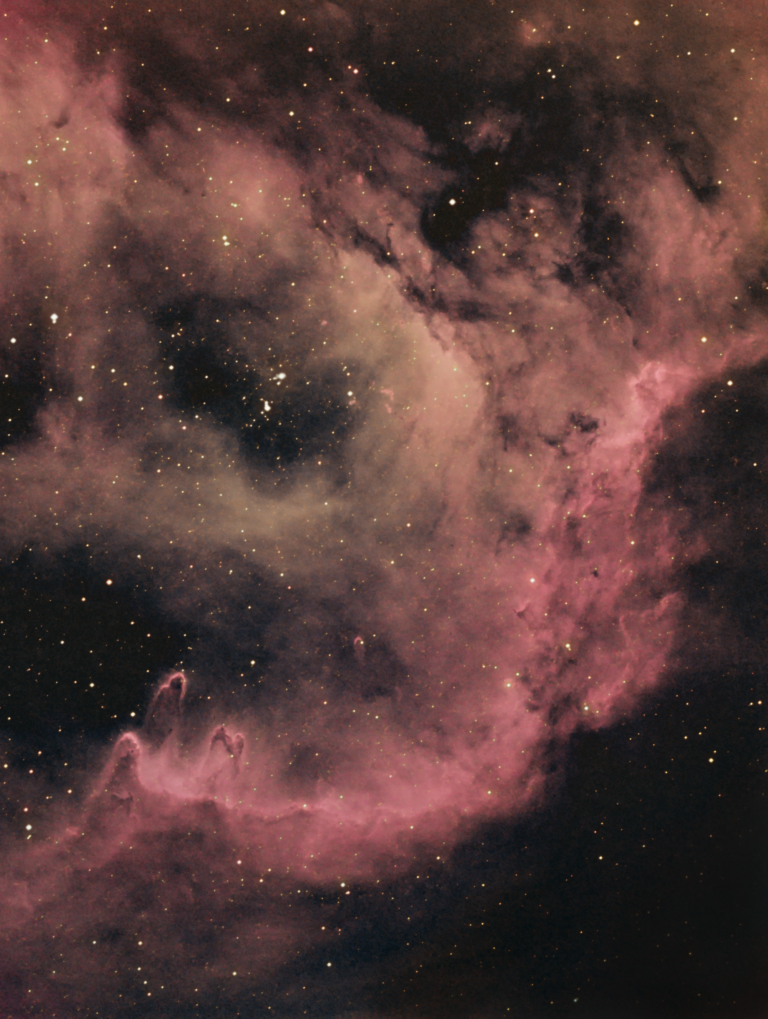
The Baby’s Bottom
This is a small part of a larger nebula called the “Baby Nebula” (also known as the Soul Nebula) in the constellation Cassiopeia. If you see a baby in the larger nebula this is part of, this image would be of the baby’s bottom 🙂 There is a ton of star formation going on in…
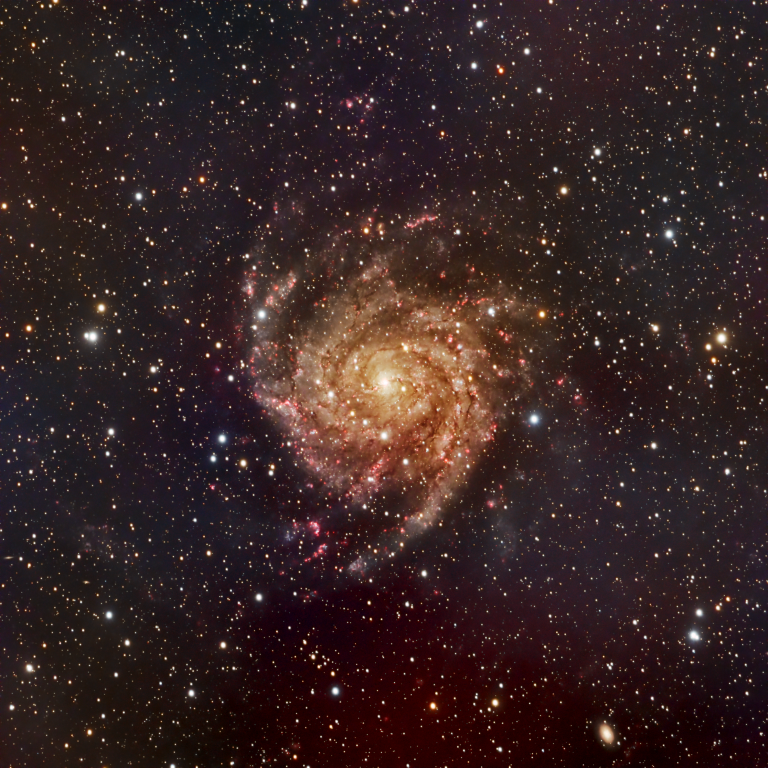
The Hidden Galaxy
This is IC342, located about 10 million light-years away. If it were anywhere else in the sky, it would be visible to the naked eye – but it lies behind the disk of our Milky Way galaxy, obscuring the view. This image is the result of 22 hours of total exposure time to try and…
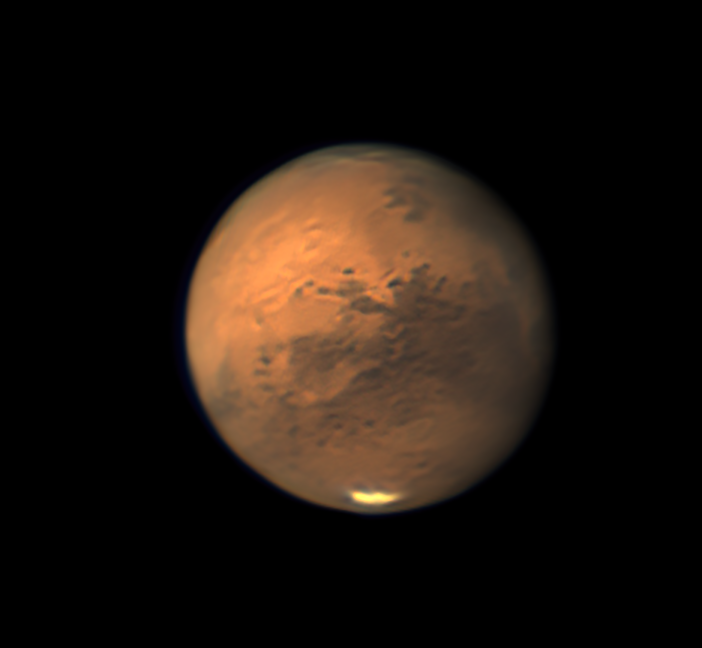
Mars Fever
The amateur astronomy community is pretty excited at Mars lately – it’s nearing its closest approach to Earth right now, and this one’s even closer than usual. That means some of the best viewing and imaging opportunities for the Red Planet you’ll ever get. When the skies clear and the atmosphere is still, it’s an…
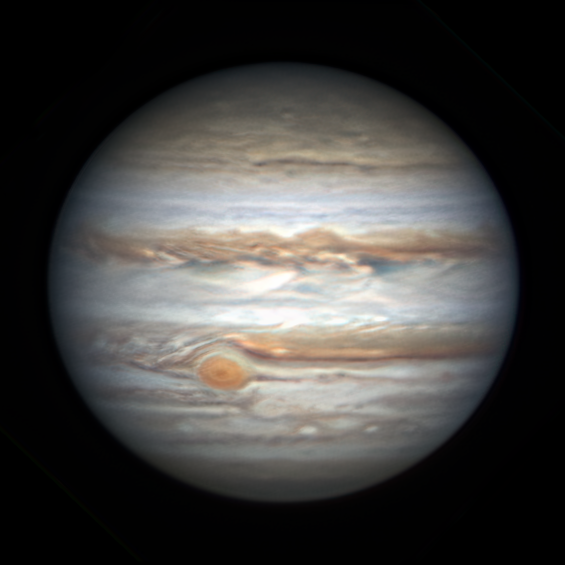
My best shot of Jupiter yet!
A lot of things have to come together for a good image of the planets. The air needs to be as still as possible, the planet you’re imaging needs to be as directly overhead as possible, and the planet itself should be as close to the Earth as possible. And then, all your equipment has…
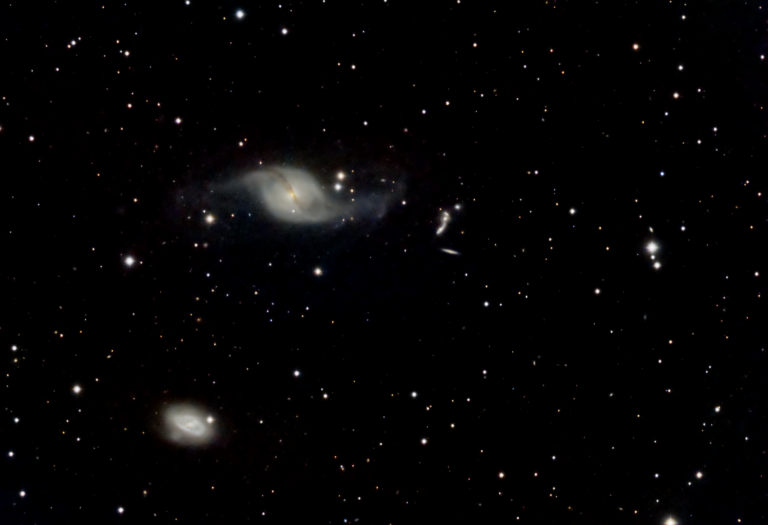
A really messed-up galaxy.
That twisted-up galaxy at the top is NGC 3718. We don’t actually know if it’s a spiral or a lenticular galaxy, because the galaxy below it, NGC 3729, appears to have warped it beyond recognition when it passed by it. Also look for the cluster of five more distant galaxies just to the right of…
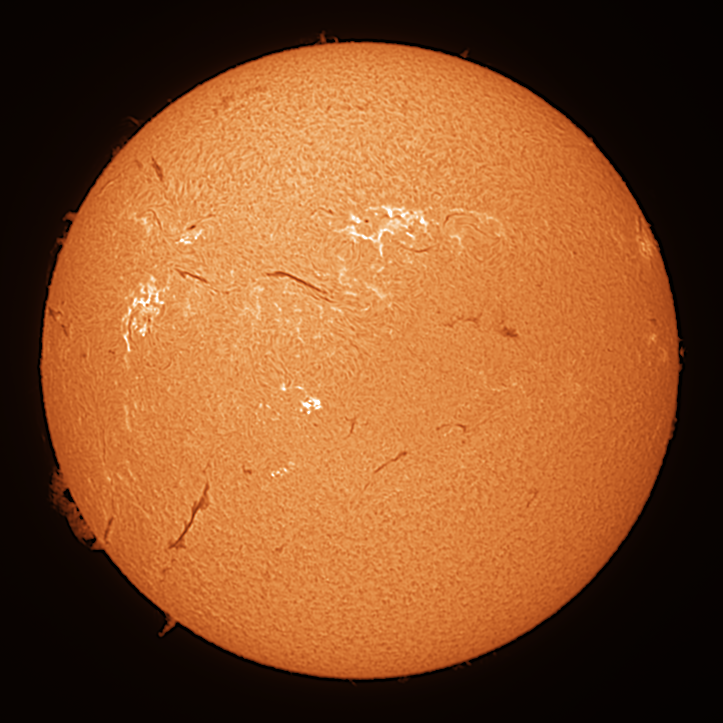
The sun is feisty lately.
This solar cycle has been quite a bit more active than forecast. It motivated me to up my game a little bit with solar imaging; this is my first image with a “double stack” setup that results in narrower filtering on the Hydrogen-alpha emissions from the sun. Lots and lots of prominences, filaments, and sunspots…

